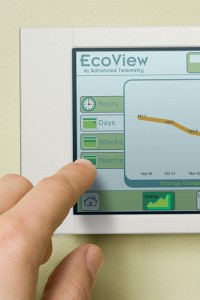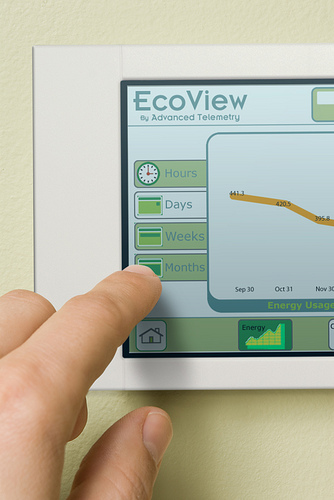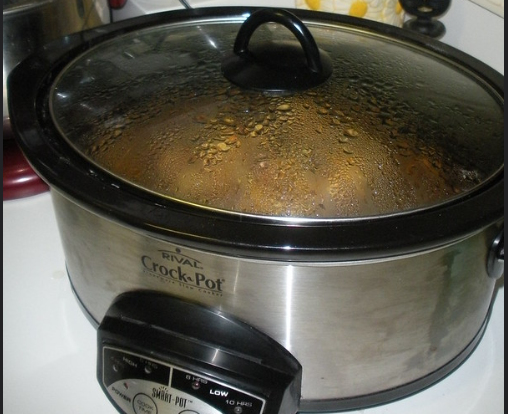In the area of family finance, saving money can be just as important as earning money. For homeowners, one major consideration is how much it costs to heat (or cool) their homes. You can spend hundreds or even thousands of extra dollars to heat your house during the winter months, depending on how cold it is and how long it stays that way. While you cannot do much about the temperature and the weather, there is a lot that you can do about your heating methods. It is imperative that you use tactics to reduce energy consumption and your monthly bills.
Install a New Thermostat

Use Power Saving Tools for Fans
Most furnaces have a fan that pushes the air through the ducts and the vents. This is how the air is moved from the furnace, where it is being heated, to the rooms at the end of the line. This airflow needs to be consistent, and you need to find the amount of airflow that is required to get maximum production out of the system. If you have a fan that runs harder than it needs to, you waste electricity with every minute that it runs because it could be set at a lower speed. If it is not powerful enough, you also lose money since it takes so long for the air to be distributed.
Engineers have come up with calculation systems that analyze the airflow and set the fans accordingly. They look at the volume of air that is moved and the energy that it took to get it there and they find the perfect calibration for the fan to maximize airflow without overspending on energy and electricity. These computer systems are very complex in design, but rather basic in function. If you have one installed, it does all of the work for you, and you just reap the benefits.
Replace Your Fan Blades
Another option that will not cost nearly as much as a high-efficiency furnace is to replace the fans in your airflow system. The fan that you have now may not have blades that are curved forward, but these types of blades have been found to be most efficient in creating airflow, even getting to 60 percent. The more efficient these are, the easier it is for them to move the air. This could be a good step toward a high-efficiency furnace if you do not want to buy the whole device.
Close Off Unused Rooms
Finally, it does not take a professional to know that a lot of money is being wasted if you have empty, unused rooms that are always being heated. You need to close off those vents. Shutting the doors and closing the blinds on the windows can help as well – or putting plastic coverings over the windows. However, you have to also close the vents and the duct sections so that the heat is directed elsewhere, meaning that less warm air has to be created to heat the rest of the house. Be sure not to close all the vents though because the air needs to come out somewhere. It can take a bit of trial and error to determine which vents to close so air gets to the thermostat and the used rooms.
See Also:
- Teaching Children: Sustainability or Stewardship?
- Inflation Rate of Electricity Prices
- Simple Ways to Save Electricity Even a Child Can Understand
Resources:
Photo by Advanced Telemetry on Flickr





